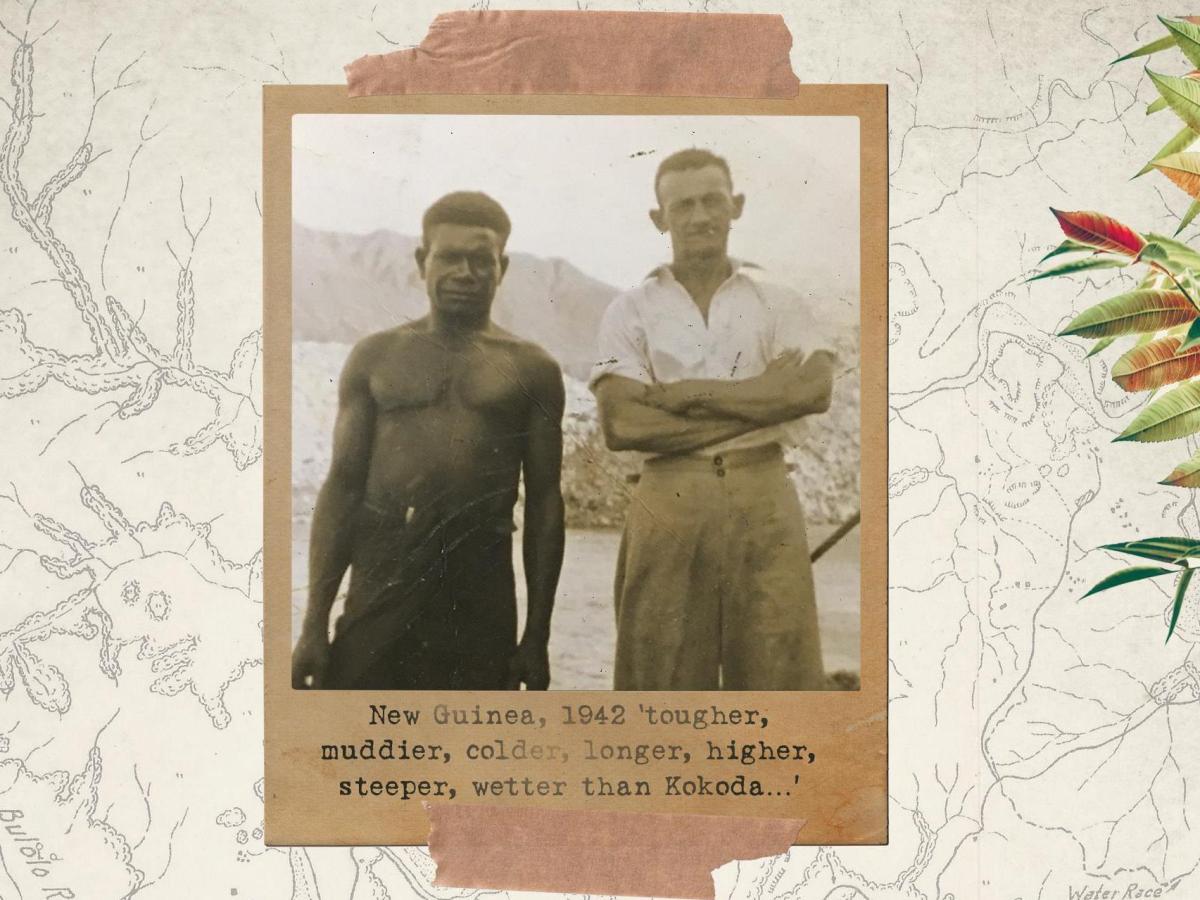Peter Phelps’ The Bulldog Track published by Hachette.
Peter Phelps describes The Bulldog Track as ‘a family memoir of rememberings and imaginings that spin off from key moments in the lives of [his] grandfather and father’; so this memoir is a mixture of facts and fiction.
Some of the most important facts were painfully recorded with a carpenter’s pencil on a white pith helmet and with indelible ink on a piece of baking-paper by Phelps’s grandfather, Tom. The source of other facts are Tom’s recollections and those of Phelps’ father, George, as well as extensive research by Phelps himself, while most of the thoughts, conversations and other details in the book spring from Phelps’ well-tuned imagination of what most likely happened. Consequently, this memoir reads like a novel in spite of Phelps’ assertion ‘that this book is not a work of fiction’. It is none the worse for that.
It is 1939 and Tom has injuries and is too old to enlist in the armed forces. So he goes to work for the Bulolo Dredging Company (BDC) as a carpenter and gold miner in order to earn enough to support his family. At that time, Bulolo is an important gold-dredging centre in the then Australian Territory of New Guinea and is not an unpleasant place in which to live in spite of the heat and humidity. The BDC employs both white expatriates and local tribesmen. One of these, Una Beel from the Buang clan, is virtually Tom’s apprentice and becomes his friend.
When the Japanese destroy Bulolo in 1942, Tom and 19 other white men have no choice but to head on foot to Wau about 32 kilometers away. Guiding them, helping them, and carrying their supplies are 15 native ‘bois’ from the Buang and Watut clans. The memoir lists the names of the white men but, with the exception of Una Beel, not of the bois. The group fears encountering the Kukukukus who are still believed to be head-hunting cannibals. But their biggest hurdle is the terrain, which is almost impassable. The memoir traces their progress to Wau, which has also been destroyed by the Japanese, and their subsequent progress to Port Moresby. It is a journey that demands incredible courage and fortitude from men racked with malaria, dysentery and other diseases, but a journey which is only made possible by the help and guidance of the bois led by Una Beel.
The route the men took was known as the Bulldog Track, discernible by the natives but not to Tom and his cohorts. Tom’s baking-paper map, meticulously added to by him at the end of each day’s trek, was later used by the Australian Forces as the blueprint for what became the Bulldog Road, which is ranked as one of ‘the great army engineering feats of history’, at least according to Sir Thomas Blamey.
The memoir also sketches in some of the events of George’s life back home in Sydney while his father is away, interspersing chapters about what is happening ‘at home’ with events on the Bulldog Track.
Described as ‘a bloody good yarn’ by Phelps’ mother, this memoir is a loving and sincere tribute to Phelps’ father and grandfather. It is also an understated tribute to the courage and devotion of Una Beel and his fellow New Guinea tribesmen. It is a pity, though, that if the white survivors ever later reunited with the bois to whom they owed their lives, this memoir includes no mention of it.
|
3 stars
|
★★★
|
The Bulldog Track
By Peter Phelps
Hachette
31 July 2018
ISBN: 9780733639777
RRP $32.99





